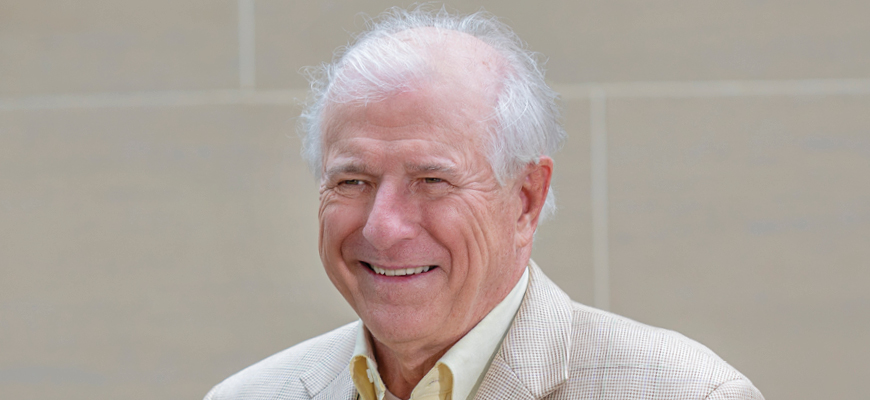
Garnet Apple winner: Brian Mihalik
HRSM professor brings technology into classroom to show students the world
Posted on: August 12, 2021; Updated on: August 12, 2021
By Page Ivey, pivey@mailbox.sc.edu, 803-777-3085
Brian Mihalik
William McFall "Mac" Pearce Professor
Joint appointment in the School of Hotel, Restaurant and Tourism Management and the Department
of Sport and Entertainment Management
Doctorate of Education in corporate public relations from Temple University
2021 Garnet Apple teaching award winner
Joined UofSC in 2009 as the Dean of the College of Hospitality, Retail and Sport Management
There was a professor by the name of Dr. Sally Short at Syracuse University who was teaching dietetics and health promotion. I was working in Audiovisual Services, and we were supplying slide projectors and motion picture projectors for faculty to show slides and movies in class. But Dr. Short had something very different — it was the 1960s, so she called it a “happening.” She drove into class once on a motorcycle, down the steps of an amphitheater-kind of auditorium. To bring a motorcycle without permission into this brand-new building and then run down the steps. I mean, the administration went crazy in a good way and a bad way. We once carried her in on a surfboard in hippie attire. So she had these happenings, and I was just amazed at how she was out of the box. Back then it was the “sage on the stage,” behind the podium in a jacket and tie. And she was a female in hippie attire, and she immediately connected with the students.
My wife, Linda Mihalik, as former director of Enterprise Academic Technology Initiatives working for the university’s Division of IT, first showed me 360-degree video technology and immediately the light bulb went on. As a professor of tourism and sport management, I study the legacies of the Olympic Games, but how can I get my students to the 1936 Berlin or Beijing 2008 Olympic Stadiums? I can’t. But all of a sudden, this technology comes along and I can. I started looking for content and realized I didn't have the content I wanted for the Olympics. So any time I traveled, I would try to take a side trip to an Olympic legacy venue. My wife and I became a two-person cinematography crew. We now have produced, edited and posted to YouTube over 20 360-degree VR videos on tourism, sport and Olympic-themed content with all viewed at some time in my classes.
I wondered if the students really liked these 360 videos. So I started looking at the research, and there were people doing some studies on this. We identified two survey instruments and modified them for my content. Almost 100 percent of my students love it. We call it “Travel Tuesdays.” Every Tuesday, we're going on a road trip. Bring your goggles. We're going to Beijing, to Berlin, to Iceland, to Patagonia. And then we do survey research on the destination and say, “OK, now that you've seen this, would you really like to go there in person?” And we've been collecting that data for three or four years.
Early on in my teaching career, I showed slides I had taken at the World War II concentration camp at Dachau, and a student raised his hand and said, “My parents and I don’t believe the Holocaust happened.” I just looked at him with my mouth open. Talk about a teachable moment for a new assistant professor. But that made me realize there's a wide variety of people in class, and I have to try to connect with them all. I cannot simply lecture to them for 75 minutes. I have to come in with a variety of techniques. Thus, the integration of 360-degree VR content.
Today's student is more technologically savvy and easily mastered viewing 360 VR videos. The next step was for students to produce their own videos based on our campus as a tourism attraction. Student evaluations revealed strong support of their production of these videos as a pedagogical technique.
Share this Story! Let friends in your social network know what you are reading about